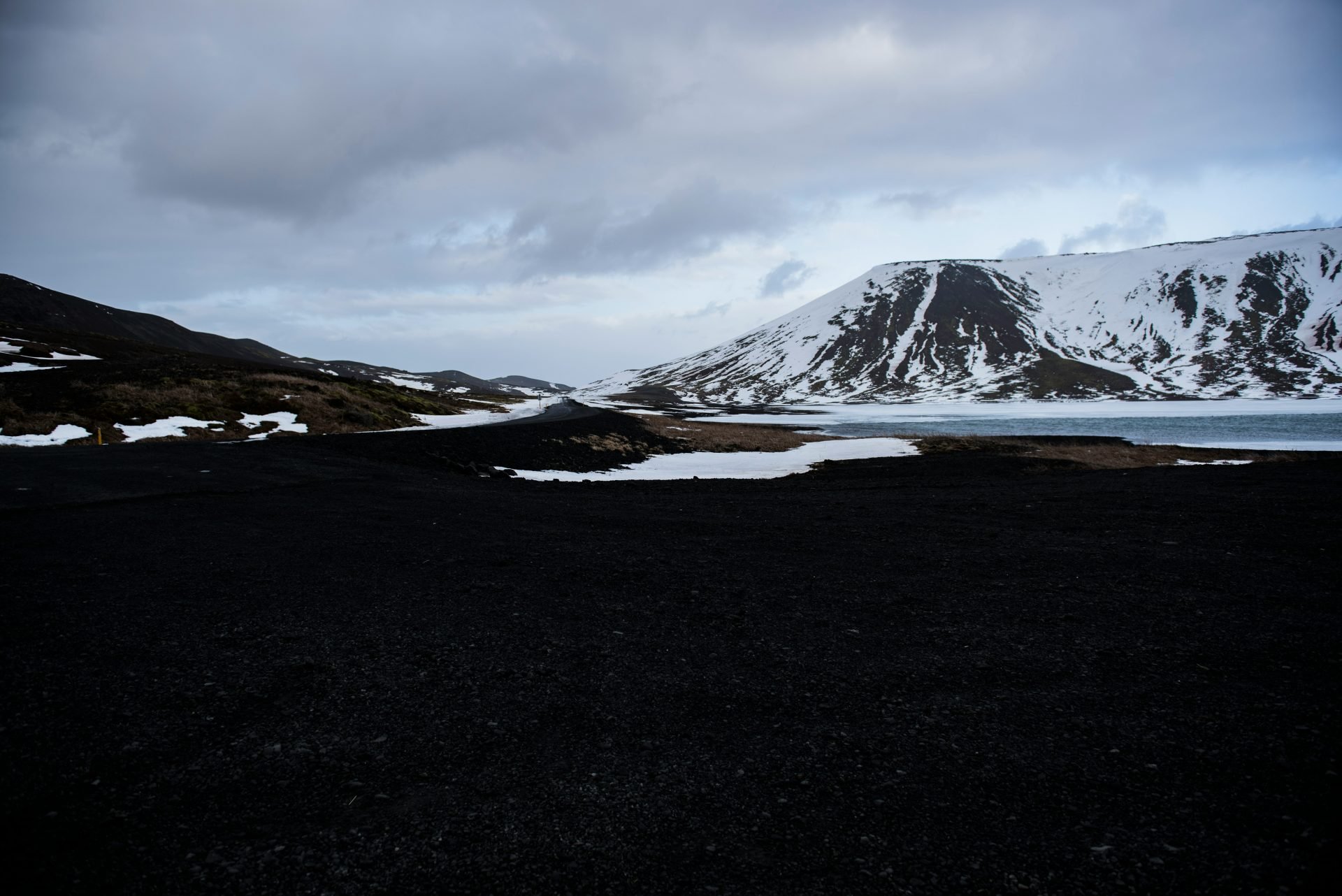Abstract
This article explores the challenges and opportunities faced by creative entrepreneurs in reclaiming authenticity and authority in their work. It introduces the Authentic Path Framework, a five-step guide that emphasizes introspection, rejecting conformity, embracing innovation, and leveraging tools to create meaningful impact. Through philosophical insights and examples of historical and contemporary innovators, the article argues for the power of authorship in shaping transformative and authentic creative enterprises.
Keywords: authenticity, authorship, innovation, creativity, conformity, leadership, entrepreneurship.
Writing the Story of Our Lives
In an age defined by abundance—abundant tools, abundant connectivity, and abundant examples of success—it might seem paradoxical that so many creative entrepreneurs struggle with authenticity. For those of us who teach, produce, compose, perform, mentor, and innovate, the greatest challenge is often not a lack of resources but the courage to reject the inertia of conformity. To author our own stories, we must first confront the wilderness within, where we find not only our gifts but also the courage to walk paths less traveled. As the ancient wisdom in Proverbs 22:6 suggests, “Train up a child in the way [derek] he should go, and when he is old he will not depart from it.” The Hebrew word derek can also mean “path” or “gifts,” underscoring the idea that our unique talents guide us to a fulfilling and authentic life. In this new chapter of our lives, I challenge creative entrepreneurs—aspiring and established alike—to rethink the conventional wisdom of success. I argue that the systems we inherit often stifle innovation and personal authenticity, transforming us into echo chambers of our predecessors. True leadership in the creative economy requires us to reclaim the power of the pen—to author our own lives with intention, authority, and authenticity. Let us explore how this ethos, deeply rooted in history and philosophy, can transform our creative enterprises and the industries we serve.
The Challenge of Conformity
In the creative arts, we face an ironic tension: while the world craves originality, it rewards conformity. Our education, often designed to equip us for success, can inadvertently clone us into carbon copies of those who came before. We emulate familiar business models, reproduce stylistic norms, and follow well-worn career paths. Yet, in doing so, we risk diluting the very essence of entrepreneurship—innovation. Historically, this tension is not new. Consider the Renaissance polymath Leonardo da Vinci, whose genius spanned art, engineering, and science. Leonardo’s greatest contributions—his anatomical sketches, his designs for flying machines—were possible because he dared to defy the artistic conventions of his day. Through embracing curiosity and resisting the norms of the Medici court, he authored works that were as innovative as they were authentic. The same dynamic is visible today in musicians like Björk, whose experimental soundscapes challenge the mainstream, and visionaries like Dr. Lisa Su, the CEO of AMD, who revitalized the company by focusing on high-performance and innovative computing technologies. Her strategic direction disrupted the industry, proving that deliberate risk-taking and a focus on unique contributions can redefine markets. Both have faced criticism and resistance, yet their refusal to conform has set them apart as leaders in their respective fields.
The Connection Between Authorship, Authenticity, and Authority
The etymology of three key words—authorship, authenticity, and authority—reveals their interconnected nature. The root word auth- signifies creation or origination. To be an author is to create; to be authentic is to be true to that creation; and to wield authority is to own the power of creation. Thus, to lead authentically in creative enterprise, we must first reclaim our role as authors of our lives. Leadership requires self-mastery. As the Greek philosopher Heraclitus observed, “No man ever steps in the same river twice, for it’s not the same river and he’s not the same man.” This fluidity mirrors the creative process: we are constantly evolving, and our authenticity lies in embracing that evolution. To lead others, we must first lead ourselves—into the wilderness of uncertainty, where true originality is born.
The Cost of Playing It Safe
The modern world, with its algorithms and metrics, tempts us to prioritize what is safe and predictable. Social media platforms reward replication—of trends, of styles, of personas. However, creative entrepreneurs must recognize that what is popular is not always valuable. Consider the works of Vincent van Gogh, who died penniless and unappreciated, yet whose authenticity now resonates across centuries. His story reminds us that the value of our work is not always immediately visible, but it is no less impactful. Similarly, innovators like Ada Lovelace, who envisioned the first algorithm, were dismissed in their time, only to be celebrated as pioneers generations later. Playing it safe may yield short-term gains, but it risks long-term irrelevance. As entrepreneurs, our greatest product is not what we make—it is who we are. To create value, we must first value ourselves.
The Courage to Be Contrarian
Being contrarian does not mean rejecting all norms; rather, it means discerning which norms align with our values and which do not. This discernment requires courage—courage to face criticism, to embrace failure, and to persist despite setbacks. As Ralph Waldo Emerson wrote, “To be yourself in a world that is constantly trying to make you something else is the greatest accomplishment.” For creative professionals, this courage is the foundation of leadership. To innovate, we must sometimes reject the obvious path in favor of the one that feels most true to our gifts. This path, though challenging, is where we find fulfillment and contribute meaningfully to the world.

The Authentic Path Framework
The Authentic Path Framework is a guide for creative entrepreneurs to reclaim their individuality and lead with intention, authority, and authenticity. I encourage readers to focus on self-reflection, rejecting conformity, and embracing innovation. This framework aims to empower individuals to write their own stories and create meaningful impact in their industries.
Step 1: Confront the Wilderness Within
The first step in writing the story of our lives begins with reflection. We must delve into the wilderness within ourselves, a place where our deepest gifts and passions reside. This is not about looking outward for validation but inward for purpose. It’s about asking the difficult questions: What truly makes us feel alive? What work aligns with our core values? The Hebrew word derek, which translates to “path” or “gifts,” reminds us that our unique talents are signposts guiding us toward fulfillment. In embracing this process of introspection, we uncover the path that is most authentic to us, allowing our work to resonate with personal meaning and purpose.
Step 2: Reject the Inertia of Conformity
Next, we need to critically examine the systems and norms that influence our decisions. Often, we find ourselves emulating the methods and mindsets of those who came before us without fully considering whether their paths align with who we are. The inertia of conformity can stifle originality and innovation, turning us into mere echoes of past traditions. Leonardo da Vinci serves as a timeless example—he defied the artistic conventions of his time to pioneer new ways of seeing and creating. Like Leonardo, we must recognize when societal or professional pressures pull us away from authenticity, and we must have the courage to resist, choosing instead to forge our unique paths.
Step 3: Claim Your Role as Author
To truly lead and create, we must take ownership of our narrative. Authorship is not just about writing stories; it’s about defining our goals, shaping our vision, and intentionally directing our lives. The interconnectedness of authorship, authenticity, and authority is profound—when we create authentically, we inherently claim authority over our work and our lives. This step requires us to pick up the metaphorical pen and take responsibility for the stories we tell about ourselves, ensuring they reflect our values and aspirations. By doing so, we become active participants in shaping not only our future but also the industries we aim to impact.
Step 4: Courageously Embrace Contrarianism
Innovation often requires us to walk against the tide. Embracing contrarianism doesn’t mean rejecting every norm; it means thoughtfully discerning which norms align with our values and which do not. This step calls for courage—the courage to face criticism, to risk failure, and to trust in our vision. Ralph Waldo Emerson’s words remind us of the profound power of being true to ourselves: “To be yourself in a world that is constantly trying to make you something else is the greatest accomplishment.” For creative entrepreneurs, this courage becomes the foundation of leadership. It enables us to make bold choices that might challenge conventional wisdom but ultimately contribute something original and meaningful to the world.
Step 5: Leverage Tools to Innovate, Not Replicate
Finally, we must recognize the extraordinary opportunities available in today’s world. Technology has broken down barriers, granting us unprecedented access to tools for creation, marketing, and distribution. But with this abundance comes the temptation to replicate rather than innovate. The true challenge lies in using these tools to amplify our creativity and bring our authentic vision to life rather than simply following trends. Leaders like Dr. Lisa Su have shown how strategic innovation can transform industries by focusing on what is unique and valuable. Similarly, we must resist the lure of the familiar and instead use modern resources to create something transformative. In doing so, we not only serve our audiences but also write a story that is uniquely ours.
Seizing a New World of Opportunity
We live in an unprecedented era. Technology has democratized access to tools for production, marketing, and distribution. The barriers to entry that once defined the creative industries are crumbling. Yet, with great opportunity comes great responsibility: the responsibility to use these tools not to replicate but to innovate. As we navigate this new world, let us remember the power of the pen. To lead in creative enterprise, we must first lead ourselves—authentically, courageously, and with authority. The stories we write today will shape the industries of tomorrow. Let us seize this moment, not as followers of trends but as authors of transformation.
The pen of your life is in your hand. Write boldly.
References
Emerson, R. W. (1841). Self-Reliance. In Essays: First Series. James Munroe and Company.
Heraclitus. (n.d.). Fragment 41. In M. T. Robinson (Ed.), An introduction to early Greek philosophy (2nd ed.). Houghton Mifflin Harcourt. (Original work published circa 500 BCE)
King James Bible. (1769/1987). The Holy Bible: King James Version. Thomas Nelson Publishers. (Original work published 1611)
Lovelace, A. (1843). Notes by the translator. In L. F. Menabrea, Sketch of the Analytical Engine invented by Charles Babbage. Scientific Memoirs.
Van Gogh, V. (1880–1890). Letters to Theo. In A. Leeuwen (Ed.), The Letters of Vincent van Gogh (2008). Penguin Classics.




Leave A Comment